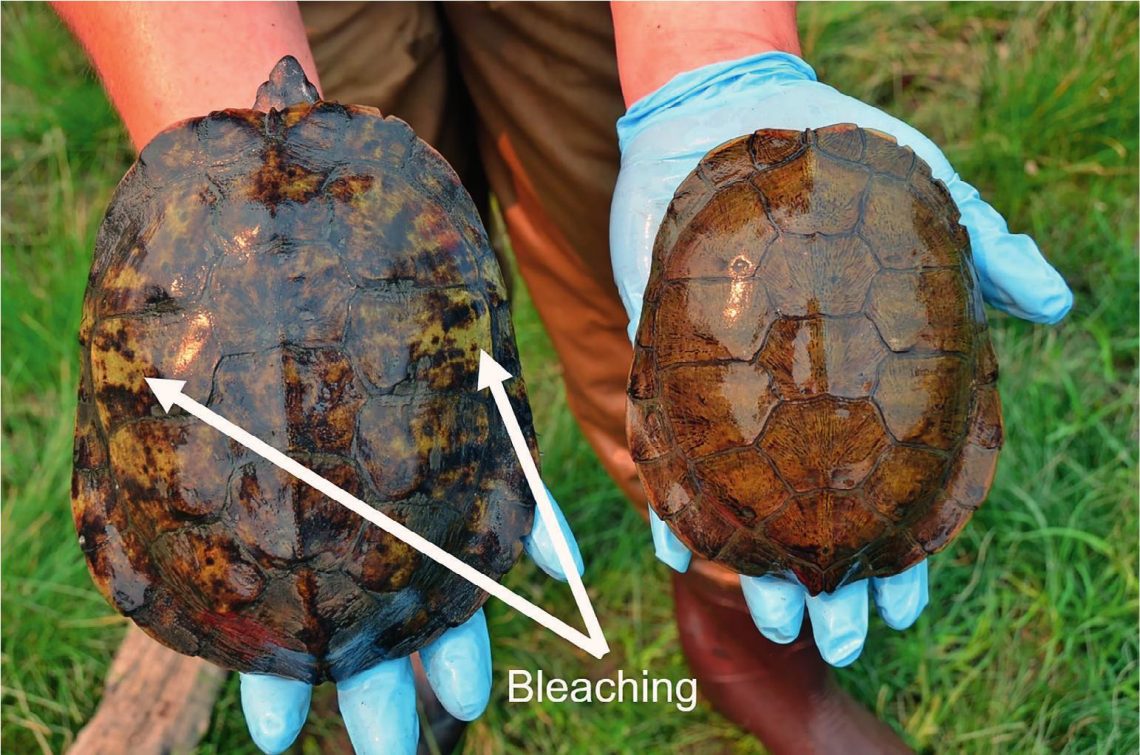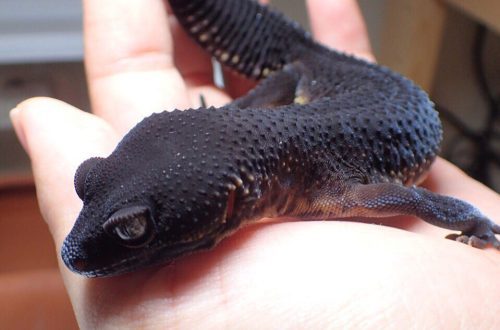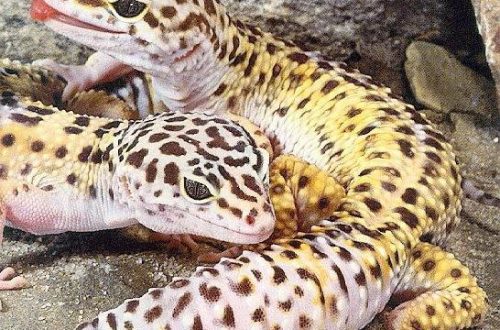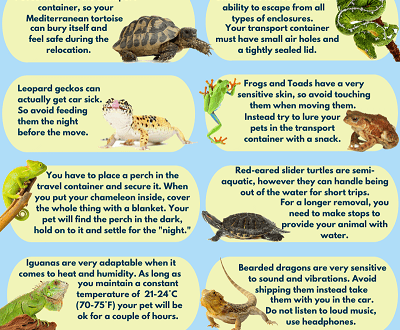
Mafu a likhetla ka har'a likolopata: lipontšo tsa kliniki
Such silent pets as turtles cannot complain to us about being unwell. We can determine the state of their health only by their appearance and behavior. For example, a hint about the well-being of a turtle is the condition of its shell. There are several signs that indicate a malfunction in the body. We will tell you what to pay attention to first of all.
What is a shell?
The shell is a passive protection, a kind of turtle armor, fused with its body. In fact, the carapace is the fused ribs and spine, covered with horny scutes or, less commonly, skin (in some aquatic species).
The turtle is the only animal whose shoulder blades are located inside the chest, i.e. shell.
The carapace consists of a dorsal part (most often convex) – a carapacas and an abdominal (flat) part – a plastron, interconnected by a bone bridge. The carapace and plastron are formed from a bone base with strong horny plates or scutes on the outside. In fact, the bone frame of the plastron is the ribs and collarbones of the reptile.
Turtle Skeleton:
It is important to understand that the shell is an organ of the turtle and is directly connected to its contents. This needs to be explained to children as well. Unfortunately, there are cases when children try to stick a pencil (or other object) between the shell and the body of a turtle – and thereby cause serious damage to the pet.
What shell changes should alert you?
- Tšenyo.
Physical damage to the shell is unfortunately common, especially in tortoises. If the owner is so careless that he allows the turtle to walk around the apartment, then injuries are almost inevitable. Traveling around the apartment, the pet may fall from a height or damage the shell, climbing into a hard-to-reach place. They can accidentally step on it, put furniture on it, and even a dog can gnaw it. A responsible owner should try to eliminate the possibility of such injuries and regularly inspect the carapace for damage and cracks.
Carapace injuries are successfully treated surgically, if not delayed with a visit to the doctor.
If you notice a shell injury, do not hesitate and take your pet to a specialist (herpetologist) for examination.
- Shell peeling.
In land turtles, this does not normally happen. A similar process indicates a serious bacterial or fungal infection.
In aquatic turtles, slight peeling of the shell may indicate molting. But if the dead scales are large and such a “molting” has been going on for a long time, then this is a serious reason to sound the alarm and visit a doctor. Most likely, we are talking about fungal diseases. Especially if the membranes between the fingers and the skin on the neck turn red in the turtle, and turbidity or mucus trailing behind the turtle is noticeable in the water.
- Mebala e fetoha.
With hypovitaminosis A, the shell becomes not only soft, but also brightens, becomes like plastic.
In the event that a dark liquid similar to blood has formed under the shield, contact a specialist immediately. This is how kidney failure or sepsis manifests itself. This usually happens in the terminal stages, unfortunately.
As for freshwater turtles, you should be alerted by the appearance of pink rough spots on the shell. This is a sign of a bacterial infection. Without timely high-quality treatment, the upper layer of the shell will begin to die off, and in the future, destruction will pass to the bone and other body systems.
- Soft shell.
If we are not talking about soft-bodied species of turtles, then the soft shell indicates improper conditions for keeping the turtle and a lack of vitamin D in the body. This is a serious problem that, without timely intervention, leads to the most sad consequences. Be sure to consult with a specialist, review the conditions of the pet and its diet. Perhaps the turtle lacks useful elements in the feed or ultraviolet radiation.
To strengthen the shell of a turtle, special feed additives for turtles are prescribed. It is also necessary to review the diet and conditions of detention.
- Wrong shell shape.
With a metabolic disease (rickets), the shape of the shell can change irreversibly. It is important to monitor the onset of changes and adjust the diet and conditions of detention in time.
- Algae on the shell.
The formation of algae on the shell of aquatic turtles is normal, but only if it is a small amount. Excess algae leads to flaking of the scutes and subsequent destruction of the shell.
Algae appear due to infrequent water changes, poor hygiene, or too bright light in the terrarium. To eliminate them, the shell is treated with a special solution (on the recommendation of a doctor), and the aquarium is thoroughly cleaned.
These are the signs you should always look out for. Do not forget that the health and life of your pet depends on a timely visit to the herpetologist and subsequent treatment. Very often, due to the inattention and delay of the owners, the diseases of turtles go into an irreversible stage.
E-ba hlokolosi 'me u hlokomele metsoalle ea hau e nyenyane!





